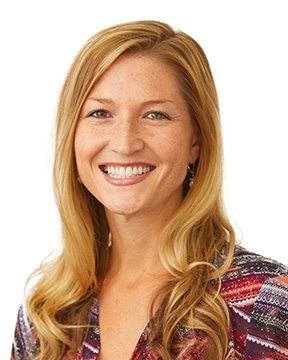Profile for Kimberly Morris

Contact me
Kimberly Morris
Pronouns: She/Her/Hers
Associate Professor
Global Cultures & Languages
University of Wisconsin-La Crosse
Kimberly Morris Pronouns: She/Her/Hers
Associate Professor
Global Cultures & Languages
Specialty area(s)
Hispanic Linguistics, World Language Pedagogy, Pragmatics, Study Abroad, Curriculum Design, Computer-Assisted Language Learning, Teacher Preparation, Academic Literacy
Brief biography
I am an applied linguist interested in second language acquisition and pedagogy. I completed my graduate degrees at the University of California, Davis in Spanish Linguistics and TESOL. Broadly speaking, my research explores the teaching and learning of Spanish in different contexts, including during study abroad, in virtual/hybrid classes, and using a task-based approach.
Education
Ph.D. Spanish Linguistics: University of California, Davis (2017)
M.A. TESOL: University of California, Davis (2015)
M.A. Spanish Linguistics: University of California, Davis (2013)
B.S. Curriculum & Instruction-World Language Education: University of Wisconsin, Milwaukee (2008)
Career
Teaching history
GCL 300: World Language Education: Field Experience I
GCL 310: Theories and Research in Second Language Acquisition
GCL 320: World Language Education: Field Experience II
GCL 400: Teaching World Languages: Methods and Approaches
GCL 406: Language Assessment & Testing
GCL 420: Teaching World Languages: Design and Application
GCL 473: Teaching World Languages: From Early Childhood to Early Adolescence
SPA 330: Advanced Grammar and Syntax
SPA 331: Spanish Phonetics
SPA 333: Spanish Beyond the Classroom: Navigating the Personal and Professional World
SPA 380: Spanish Language in Contexts
SPA 443: Studies in Hispanic Linguistics (pragmatics)
News
Kudos
published
presented





